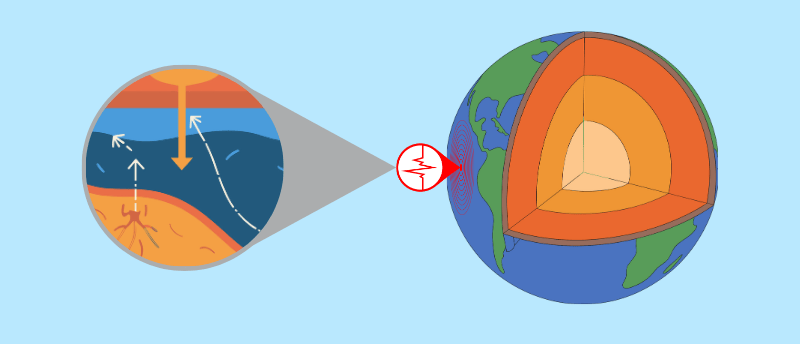Hydrothermal vents help transmit Earth’s ‘tectonic heartbeat’

Analysis of hydrothermal vent temperature has indicated a new way to predict seafloor volcanic eruptions, supporting global ocean monitoring.
Researchers from Woods Hole Oceanographic Institution (MA, USA), French National Centre for Scientific Research (CNRS; Paris, France), University of Brest (France), Lehigh University (PA, USA) and Scripps Institution of Oceanography (CA, USA) have uncovered a link between changes in hydrothermal vent temperature and seafloor volcanic eruptions, successfully predicting a marine volcanic event.
Hydrothermal vents occur when seawater that has seeped into the Earth’s crust re-emerges, often at temperatures in excess of 350°C (660°F). The vents maintain our planet’s thermal balance and support unique undersea ecosystems that thrive in the dark, pressurized environment.
Led by Thibaut Barreyre (CNRS), the cross-Atlantic team spent 35 years tracking the temperature of five hydrothermal vents along the East Pacific Rise, one of the most active segments and well-studied of the global mid-ocean ridge system. Leveraging specialized high-temperature loggers, they built one of the most continuous datasets ever collected.
 The risks of methylmercury contamination in marine ecosystems
The risks of methylmercury contamination in marine ecosystems
Climate change may be increasing the spread of a neurotoxin, methylmercury, in the ocean.
It’s getting hot in here
Their data reveals that vent temperatures rose from 350°C to nearly 390°C in the years preceding two known eruptions that took place between 1991–1992 and 2005–2006, before dropping back to baseline. However, temperatures have been climbing ever since.
“Mid-ocean ridges are where much of Earth’s internal thermal energy is transferred to the ocean,” explained Dan Fornari, scientist emeritus at Woods Hole Oceanographic Institution and a co-author on the study. “Until now, we lacked a direct way to link what we can measure at the seafloor to what’s happening deep below, where magma accumulates and drives eruptions. Our results show that the two are intimately connected.”
The team hypothesize that a gradual increase in magma a mile below the sea floor puts pressure on the oceanic crust and heats the hydrothermal vents above their normal levels. This increase in temperature can be measured down to the minute.
This theory was proved accurate in April 2025, when the team predicted, then confirmed, a mid-ocean ridge eruption.
“By combining these temperature measurements with analytical models and seafloor data, we found that vent heating correlates with the buildup of magmatic pressure,” commented Barreyre. “That’s a clear signal that can help us anticipate eruptions before they occur.”
The authors believe that these findings bring scientists closer to ‘listening’ to Earth’s tectonic heartbeat, advancing real-time global ocean monitoring.
“This is an extraordinary step forward in submarine geophysics,” said Fornari. “Hydrothermal vents are not just biological oases – they are windows into the dynamic processes that shape our planet.”